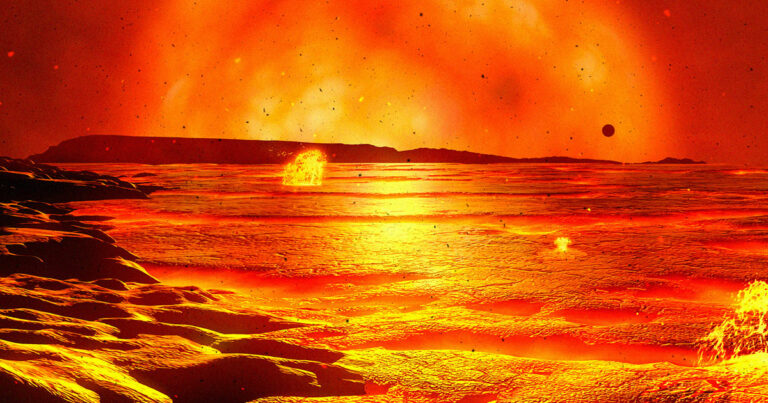Researchers Suggest the Presence of Miniature Black Holes Within Certain Stars
THE THEORY WAS INSPIRED BY SOUNDGARDEN’S “BLACK HOLE SUN.”
As astrophysicist Earl Bellinger was immersed in the sounds of the 1990s alternative rock anthem “Black Hole Sun” by Soundgarden, a peculiar idea crossed his mind: could diminutive black holes be concealed within significantly larger stars?
In a recent study published in The Astrophysical Journal, Bellinger and his research team delved into this seemingly unconventional notion. They propose that by analyzing surface vibrations on distant stars, it might be possible to identify the presence of black holes ensconced within them—a thought experiment sparked by Bellinger’s appreciation for the 1994 radio hit.
Bellinger shared with Science, “I found the idea amusing—placing a black hole inside a star—and wanted to explore what outcomes might arise from such a scenario.”
Super Unknown
In accordance with the conventional model of star evolution, black holes are the consequence of the gravitational collapse of massive stars, resulting in an extraordinary density that even bends light inward.
In their investigation, Bellinger and his team explored an existing hypothesis proposing the existence of tiny, primordial black holes dispersed throughout the universe, potentially offering an explanation for dark matter—an enigmatic substance constituting approximately 85 percent of the universe’s matter.
The notion posits that due to their prevalence in the cosmos, these minuscule black holes could become ensnared in stellar nurseries, ultimately finding themselves within newly formed stars.
These trapped black holes would need to possess an exceedingly high density, equivalent to the mass of an asteroid compressed into the diameter of a hydrogen atom. Consequently, they would migrate toward the core of the star.
Interestingly, these minute black holes could remain stable in the stellar core. Bellinger remarked that the prospect of such a black hole “consuming the star” would require a duration longer than the entire lifespan of the universe.
Hawking Stars
Nonetheless, larger black holes could engulf a star within a few hundred million years, transforming into what the team has labeled “Hawking stars,” relying on the power of the black hole rather than hydrogen atom fusion.
This astrophysical hypothesis may offer insights into the peculiar observation of numerous unusually cool red giants, a late stage in a star’s life cycle. By scrutinizing surface vibrations, researchers propose a method to ascertain the potential presence of a hidden black hole within these stars.
It’s crucial to acknowledge that this remains a speculative theory at this juncture, and one expert has expressed skepticism to Science.
Nevertheless, Bellinger remains undeterred, stating, “I joked with some people that it would be the dumbest ever Nobel Prize, to discover dark matter because you’re inspired by ‘Black Hole Sun,'” as he shared with Science.
This article is republished from Futurism under a Creative Commons license. Read the original article.
Do not forget to share your opinion with us to provide you with the best posts !




0 Comments